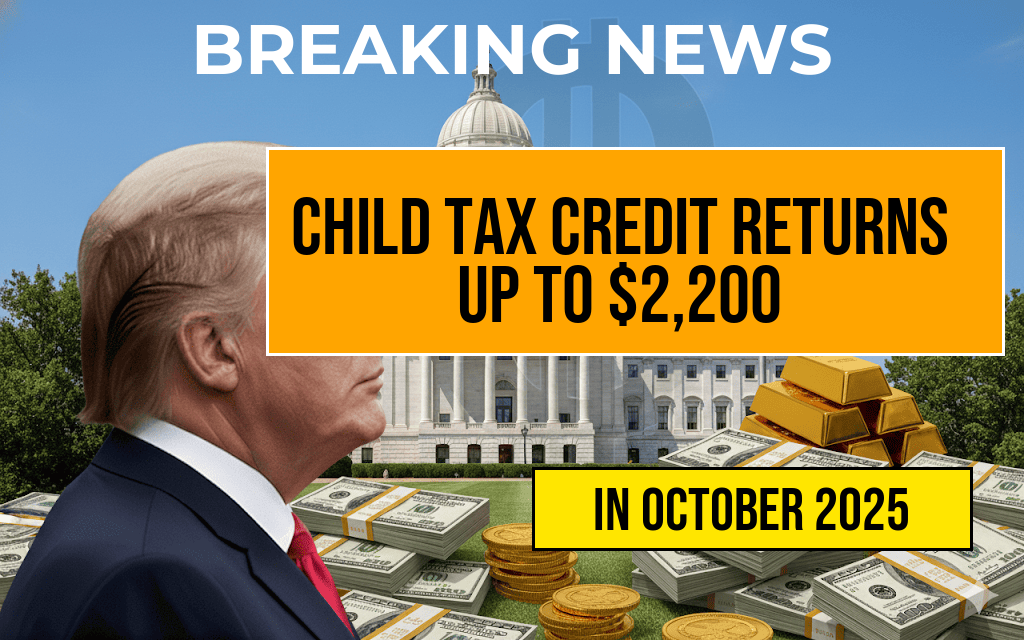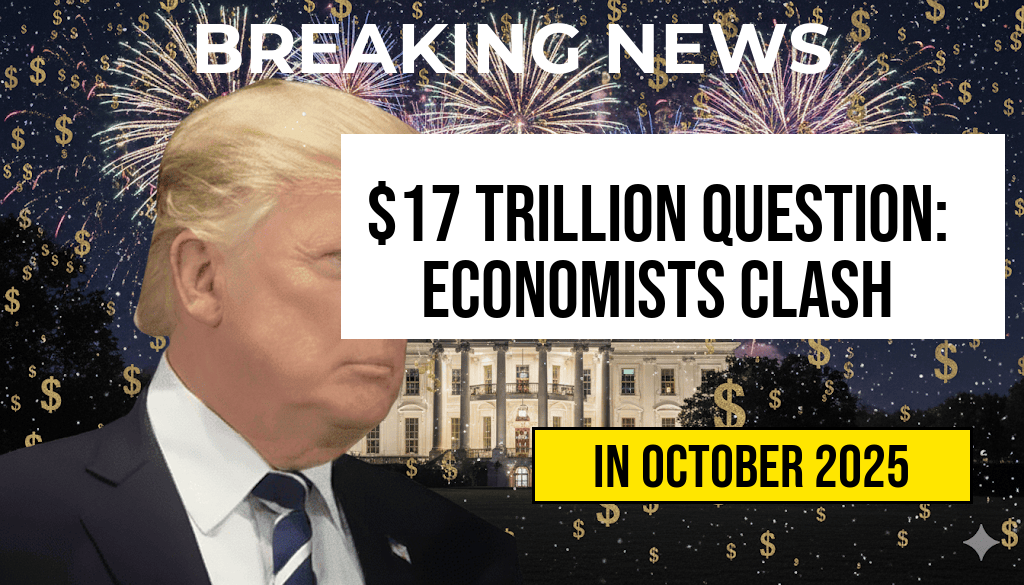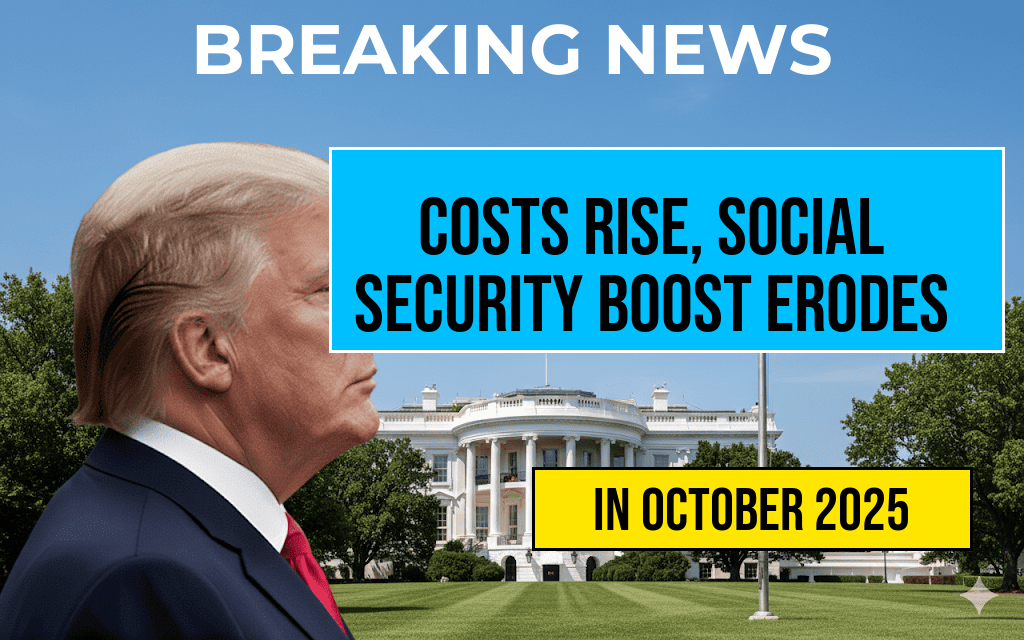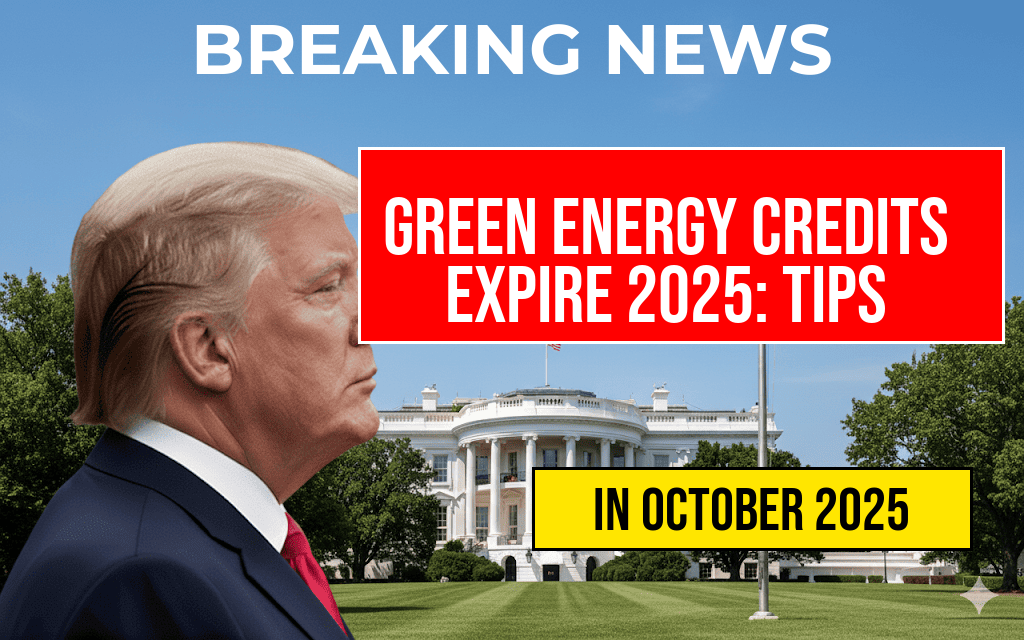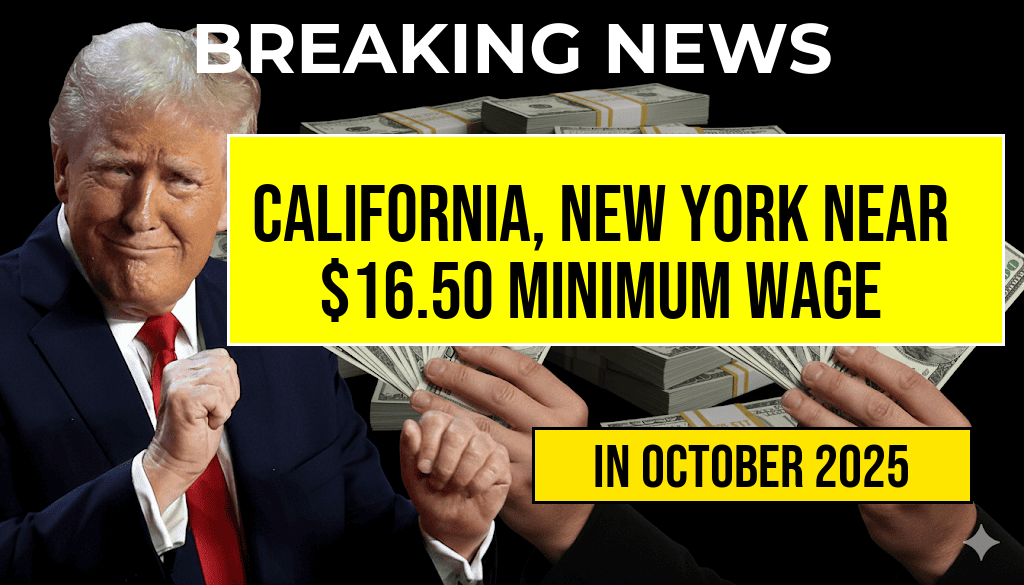Amid ongoing debates about the true scale of former President Donald Trump’s global business investments, estimates vary widely, sparking a clash among economists and financial analysts. Trump’s supporters cite figures suggesting his international holdings and investments could total upwards of $17 trillion, positioning him as one of the most significant global investors. Critics, however, challenge these numbers, arguing they are inflated or based on incomplete data, raising questions about the transparency and accuracy of such claims. This controversy underscores broader issues regarding the measurement of private wealth, the complexity of international assets, and the influence of political narratives on economic metrics. As the debate unfolds, experts are scrutinizing the methodologies behind these estimates, weighing the implications for market perception and policy discussions. Understanding the basis of these figures requires examining both the sources of Trump’s reported investments and the criteria used to compile them.
Dissecting the $17 Trillion Figure
The Origins of the Estimate
The $17 trillion figure originates from a combination of publicly available financial disclosures, real estate holdings, and international business ventures associated with Donald Trump. Supporters point to his expansive portfolio, which includes real estate developments, licensing agreements, and branding rights across multiple countries. Some analysts have attempted to aggregate these assets, including Trump Organization holdings, licensing income, and investments in foreign markets, to arrive at the staggering total. Wikipedia’s entry on Donald Trump provides a comprehensive overview of his business empire, which is often referenced in these calculations.
Methodologies and Challenges
Estimating private wealth, especially across borders, involves significant uncertainty. Different sources use varying criteria—some count only direct holdings, while others include contingent liabilities, licensing rights, and potential income streams. The challenge intensifies with assets held in foreign countries, where transparency varies and valuation methods differ. Critics argue that such broad aggregations can lead to inflated figures, as they may double-count certain assets or include speculative valuations. Conversely, proponents contend that consolidating all related assets offers a more comprehensive picture of Trump’s global economic footprint.
Economic Experts Clash Over Credibility
Supporters’ Perspective
- Argue that the figure reflects Trump’s actual market influence and international business footprint.
- Point to his branding and licensing deals, which generate billions annually and are integral to his wealth.
- Claim that traditional valuation methods underestimate the scope of his global assets, especially in emerging markets.
Critics’ Viewpoint
- Assert that the $17 trillion estimate is an overreach, conflating different asset types and inflating valuations.
- Highlight the lack of transparent disclosures and the difficulty in verifying foreign holdings.
- Warn that such inflated figures could distort market perceptions and influence political narratives unjustifiably.
Implications for Markets and Policy
The debate over Trump’s estimated wealth isn’t merely academic; it influences investor confidence, policy debates, and public perception. Financial markets react to perceived shifts in the wealth of influential figures, especially those with international business interests. Moreover, policymakers scrutinize such figures when considering discussions on tax reforms, foreign investment policies, and global economic stability.
As the discussion continues, transparency and standardized valuation practices remain central concerns. The lack of clear, universally accepted methods to quantify private international assets complicates efforts to reach consensus. Experts advocate for more rigorous disclosure standards for high-net-worth individuals to improve accuracy and accountability.
Understanding the Broader Context
| Name | Estimated Net Worth | Sources |
|---|---|---|
| Elon Musk | $230 billion | Forbes |
| Jeff Bezos | $150 billion | Forbes |
| Donald Trump | Varies widely | Sources differ; estimates range from $2 billion to over $17 trillion |
While figures for Musk and Bezos are based on publicly traded assets and clearer valuation methods, estimates for Trump’s wealth involve more opaque and complex calculations, especially concerning foreign holdings and licensing agreements.
Further Reading
Frequently Asked Questions
What is the main focus of the article titled “The $17 Trillion Question: Economists Clash Over Trump’s Estimated Global Investment Figures”?
The article centers on the debate among economists regarding Trump’s estimated global investment figures totaling $17 trillion, highlighting differing opinions and the implications of these estimates.
Why is there disagreement among economists about the $17 trillion figure?
The disagreement stems from different methods of estimating and interpreting Trump’s global investment figures, with some analysts questioning the accuracy and methodology behind the estimates, leading to contrasting opinions.
How do different economists justify their positions on Trump’s global investment estimates?
Economists justify their positions by analyzing data sources, economic models, and assumptions used to arrive at the $17 trillion figure, with some emphasizing potential overestimation and others highlighting significant investments that support the figure.
What are the potential implications of the differing estimates for global economic policy?
The differing estimates could influence policy decisions, investment strategies, and public perception of Trump’s economic impact, emphasizing the importance of accurate data for policy formulation.
What role do media and political narratives play in shaping the debate over these investment figures?
The media and political narratives often amplify or scrutinize the estimates, impacting public opinion and political discourse surrounding Trump’s economic policies and their global implications.



